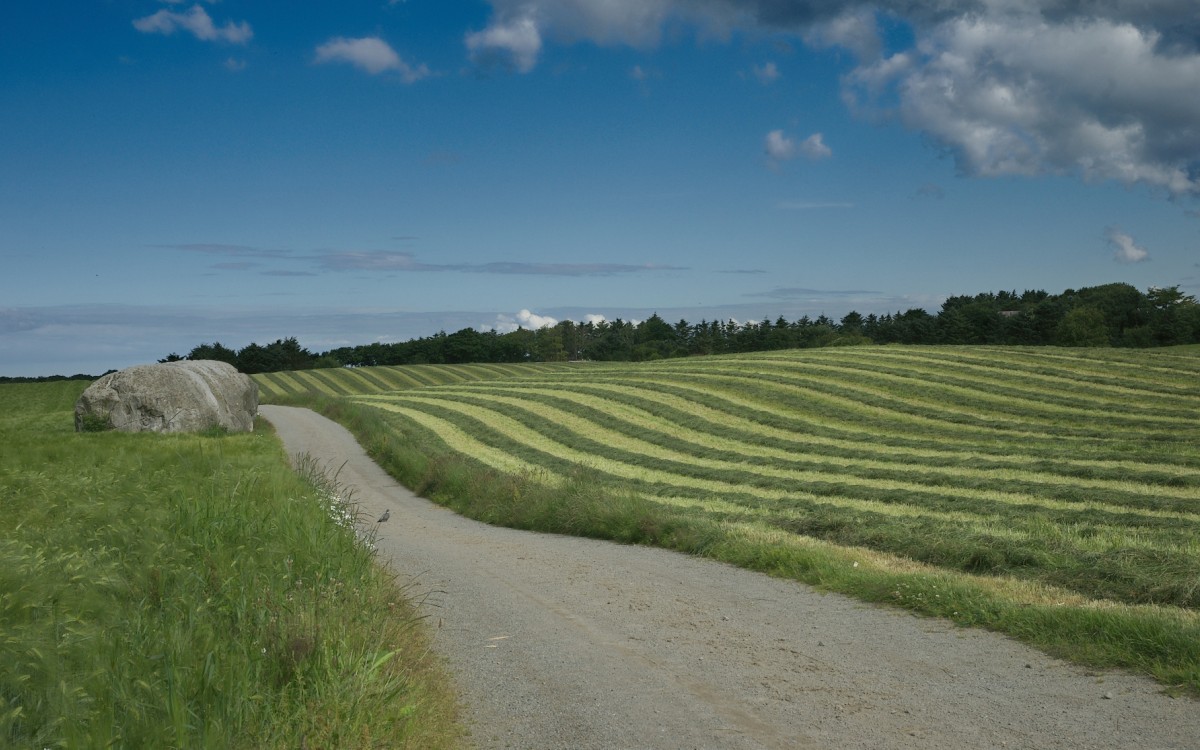Regional knowledge base for local and transborder Transboundary climate risk: How can livestock production in Klepp be affected by climate change in other countries?climate risk analysis: the case of agriculture (Norway)

Based on previous work with the Rogaland county in doing a limited version of Impact Chain analysis, this case will assist the county in promoting the Impact Chain framework for doing climate change risk assessments at the local level by conducting a pilot-project with one selected municipality (Klepp).
Case content
Based on previous work with the Rogaland county in doing a limited version of Impact Chain analysis, this case will assist the county in promoting the Impact Chain framework for doing climate change risk assessments at the local level by conducting a pilot-project with one selected municipality (Klepp). Experiences from this will be used by the county when working with the remaining muncipalities in the county. The topic adressed will be focus on the transboundary climate risk in agriculture.
Research Innovations
Enable vertical cooperation (county-local authority) in doing Impact chain analysis by helping the personnel at the county to initiate local processes on analysing transboundary climate change risks and vulnerability by means of applying the IC framework model.
Study areas
Rogaland county, Klepp municipality, in Norway
Stakeholders involved
Vertikal involvement: Rogaland fylkeskommune, the County Counsel of Rogaland, other regional bodies - and cooperation with the municipality of Klepp (administrative and politicians). Horizontal involvement: Local policy-actors in K. Also, the municipality of Klepp.
Summary data collection
Mapping of the complex structure of local to global value chains was done in cooperation with the stakeholders and relevant litterature. The mapping revealed value chains on import of raw materials and resources important to the agriculture. Soy is a raw material that is a part of a low robust value chain considering recilience to climate changes.
It has not been possible in this work to quantify the risk for Klepp municipality. Transboundary risk has so far been assessed at a national level and it is a challenge to reduce it at the local level. This will require more and more advanced analyses. Mapping risk ownership is a way of getting the risk distributed among relevant actors who are affected, seen with tools to do something or actors who should do something with the value chains.
The main output was two reports for the municipality and a flow chart developed with stakeholders depicting the flow of resources, input factors and raw materials from an international level down-streaming to the local level aka” the farm”.
Expected results
In the regional IC-analysis already conducted, we have used an approach developed in a previous propject for the Norwegian association of local and regional authorities which sets up five main drivers of societal change believed to be most relevant for describing vulnerabilites. This approach will be further specified and applied for us at the local level of governance.
Case study responsible
Western Norway Research Institute (WNRI)
First workshop (9th of March 2021)
Our first workshop was with several stakeholders from the agriculture and climate sector in Rogaland. The stakeholders included: Klepp municipality (administration and politician), regional municipality, regional government, local and regional agrarian association, Norwegian agricultural advisory service, Tine producing cooperatives, Horticultural association, and Norwegian agricultural cooperative. During this workshop we focused on local climate risk for agriculture in Klepp municipality. Down below you can find the program, participation sheet, presentation (in Norwegian) and a short summary.
Second workshop (31th for May)
In our second stakeholder workshop we focused on transborder climate risk for the agriculture sector in Klepp municipality. The stakeholders included: Klepp municipality (administration and politician), regional municipality, regional government, regional agrarian association and Norwegian agricultural cooperative. In preparation we had made a value chain map that we used as a starting point for the group and joint discussions.
Documentation
Pictures from Case Rogaland FK
Outcome
Report: Lessons learned
